Electronic music instruments are more than just circuits and code; they are a bridge between human creativity and sonic expression.
The art and science of musical interface design play a crucial role in shaping this connection, influencing how musicians interact with their machines and bring their ideas to life.
Here are five highlights of perspectives from five influential makers whose thoughts illuminate the functional, artistic, philosophical, and aesthetic worlds of electronic music interfaces.
Axel Hartmann

“I think it’s essential in a user element that the feeling of it translates to the importance or effect of the function behind what it does – the experience you get when you work with it.”
Axel Hartmann has been the go-to designer in the music industry for over 30 years. He is responsible for the design and ergonomics of an unparalleled number of notable products, including some of the most remarkable electronic musical instruments of modern times.
He emphasizes that the tactile experience and visual form of a control element should clearly communicate its impact on the sound, enhancing the user's creative process. Read more in PUSH TURN MOVE.
Dave Smith

“I always try to keep things simple, it’s important, logical is important... It’s always tricky coming up with the right set of controls that give people enough direct control over the instrument without making it too complicated...”
Dave Smith (1950-2022) was the founder and CEO of Sequential. He is a legendary figure in electronic music, credited with releasing the Prophet-5 – the world’s first fully programmable polyphonic synthesizer – and helping define the MIDI specification in 1981.
His philosophy centered on simplicity, logical design, and knowing when to stop – deliberately constraining features to improve usability and avoid overwhelming musicians. Read the full interview with Dave on page 96 in PUSH TURN MOVE.
Jesper Kouthoofd
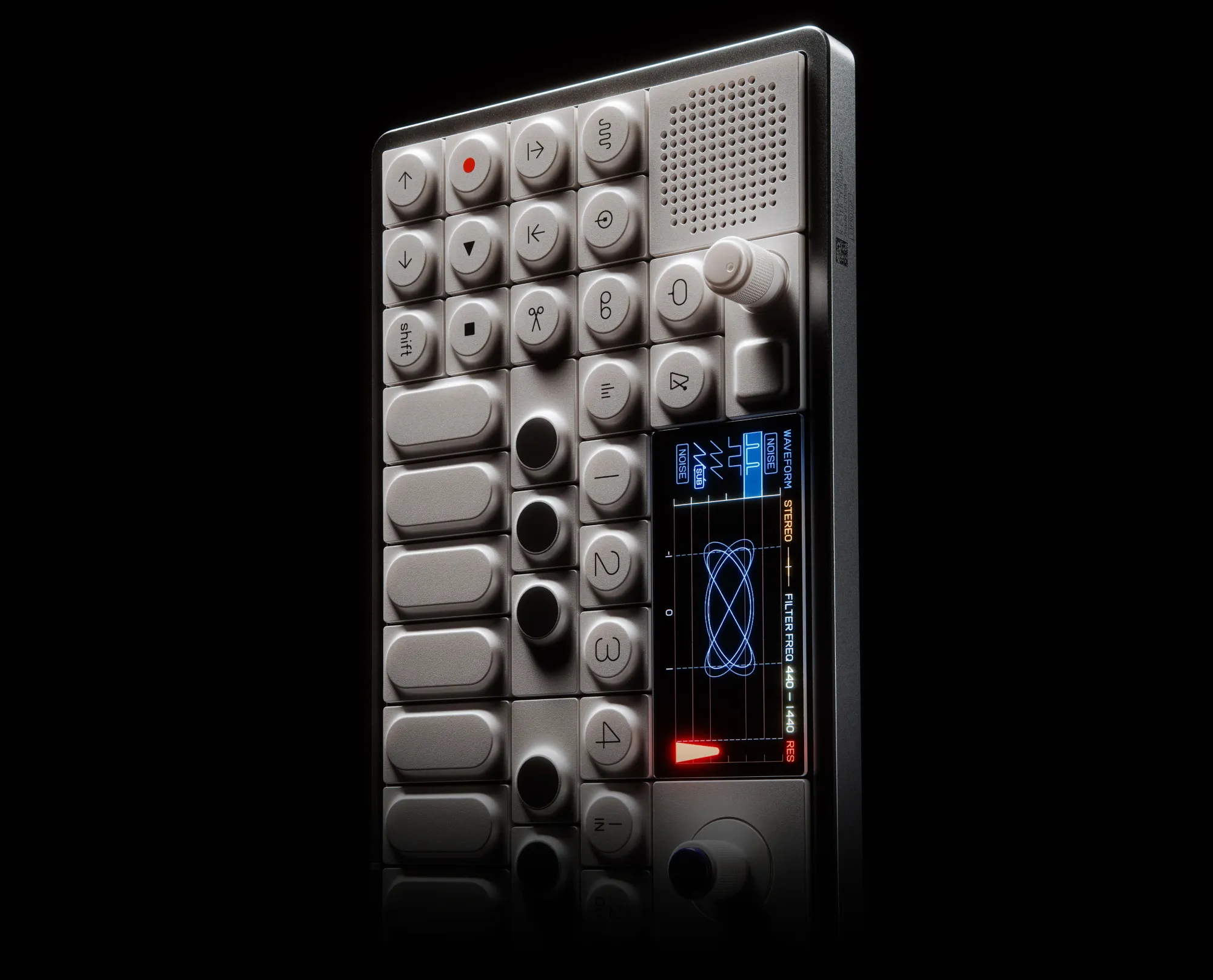
“We prefer our hands, ears, and eyes to do the testing and thinking rather than our brains. So we figured out: what’s the positive thing about having a display? Firstly, you get information – but that is also a problem with displays in general, because you start using your eyes more than your ears.”
Jesper Kouthoofd is the CEO of Teenage Engineering, known for their playful and workflow-focused designs like the OP-1 and Pocket Operators.
He advocates for instruments that prioritize “instant fun” and encourage users to trust their ears over their eyes, often by reducing reliance on screens.
Read the full interview with Jesper in PUSH TURN MOVE.
Roger Linn
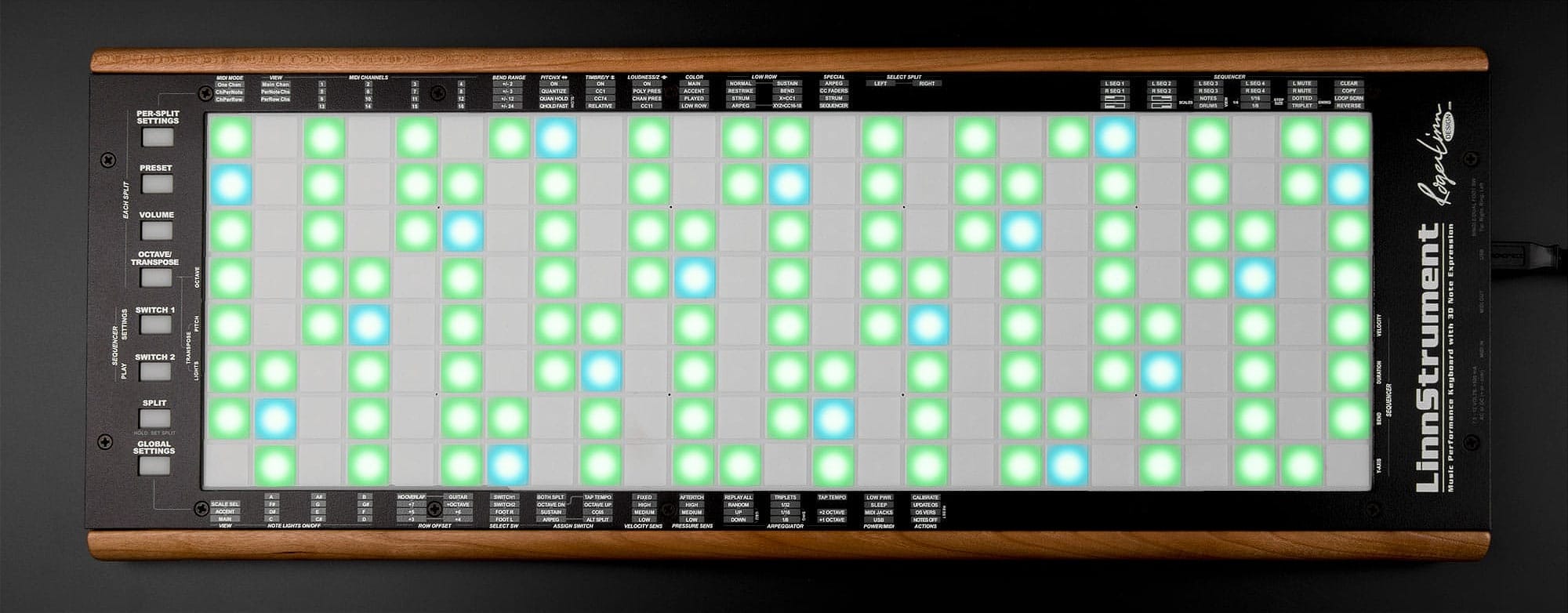
“The primary human interface elements of popular MIDI controllers are little more than switches, knobs and sliders – elements designed for secretarial data entry, not music.”
Roger Linn is a renowned instrument designer behind a series of innovative, expressive electronic instruments, including the Akai MPC60, which popularized the 4x4 pad grid, the Linndrum, the Tempest (in collaboration with Dave Smith) the Linnstrument, and many more.
Roger Linn champions a new generation of controllers that move beyond binary input to support subtle, gestural expression, much like traditional acoustic instruments. His Linnstrument is the perfect embodiment of that philosophy. Read the full interview with Roger in PUSH TURN MOVE.
Tony Rolando

“The legending on a Make Noise synthesizer is abstract and encourages people to use their ears – I hope it pushes them to find the unfound sounds. I believe some people are deeply inspired by these aesthetics, while others are upset by them and demand scientific explanation of all synthesizer phenomena.”
Tony Rolando, the self-taught founder of Make Noise, has developed a highly successful modular synthesis brand that favors minimal text and abstract graphics.
This approach invites musicians to explore intuitively and listen deeply, rather than rely on clearly labeled controls or scientific explanations.
Read the interviews with Tony in both PUSH TURN MOVE and PATCH & TWEAK.
JOIN THE CLUB
Become a Pro Member to unlock all articles, interviews, podcast episodes, short documentaries, and more – including all seven ebooks (2000+ pages!). Discover, learn, and get inspired – wherever you are in your synth journey.



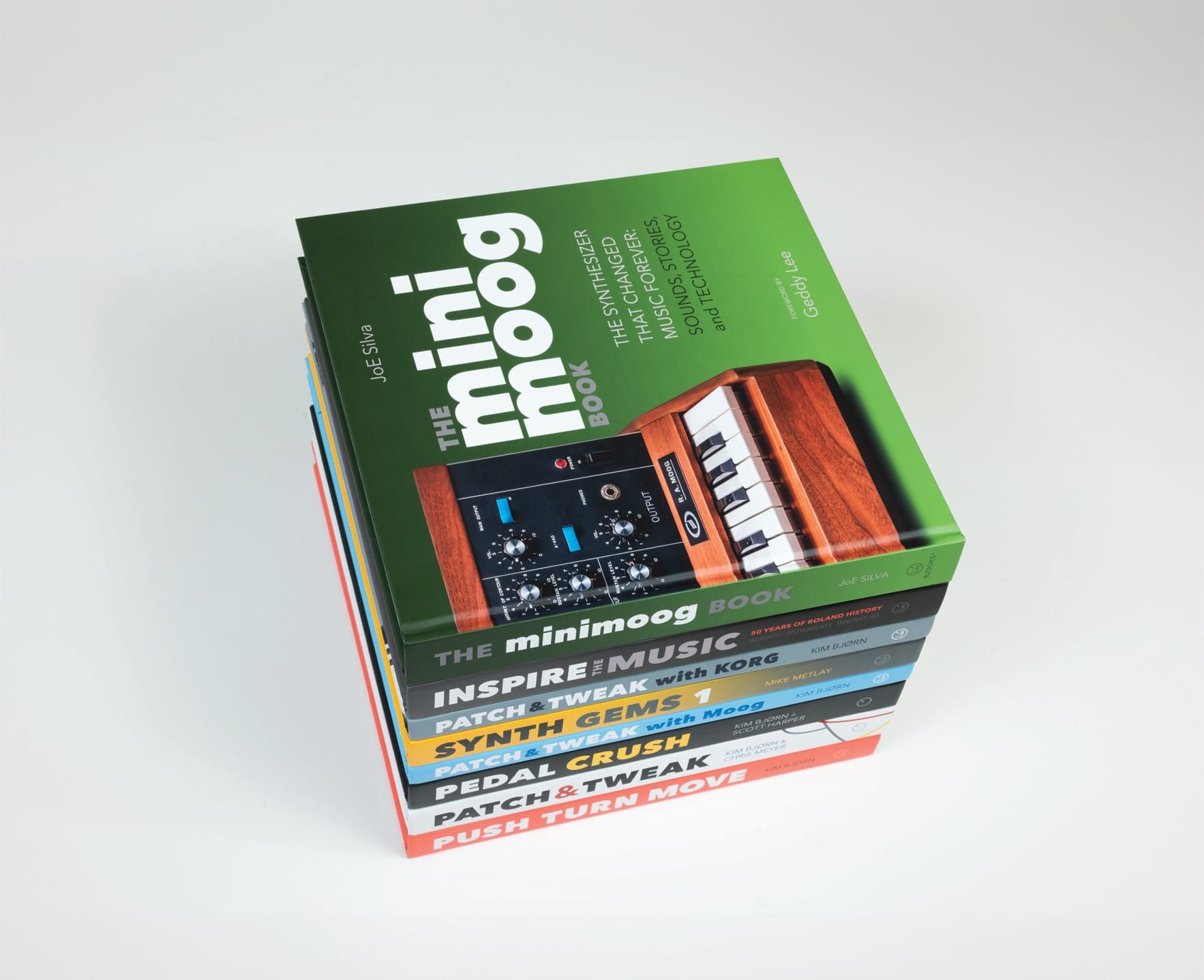
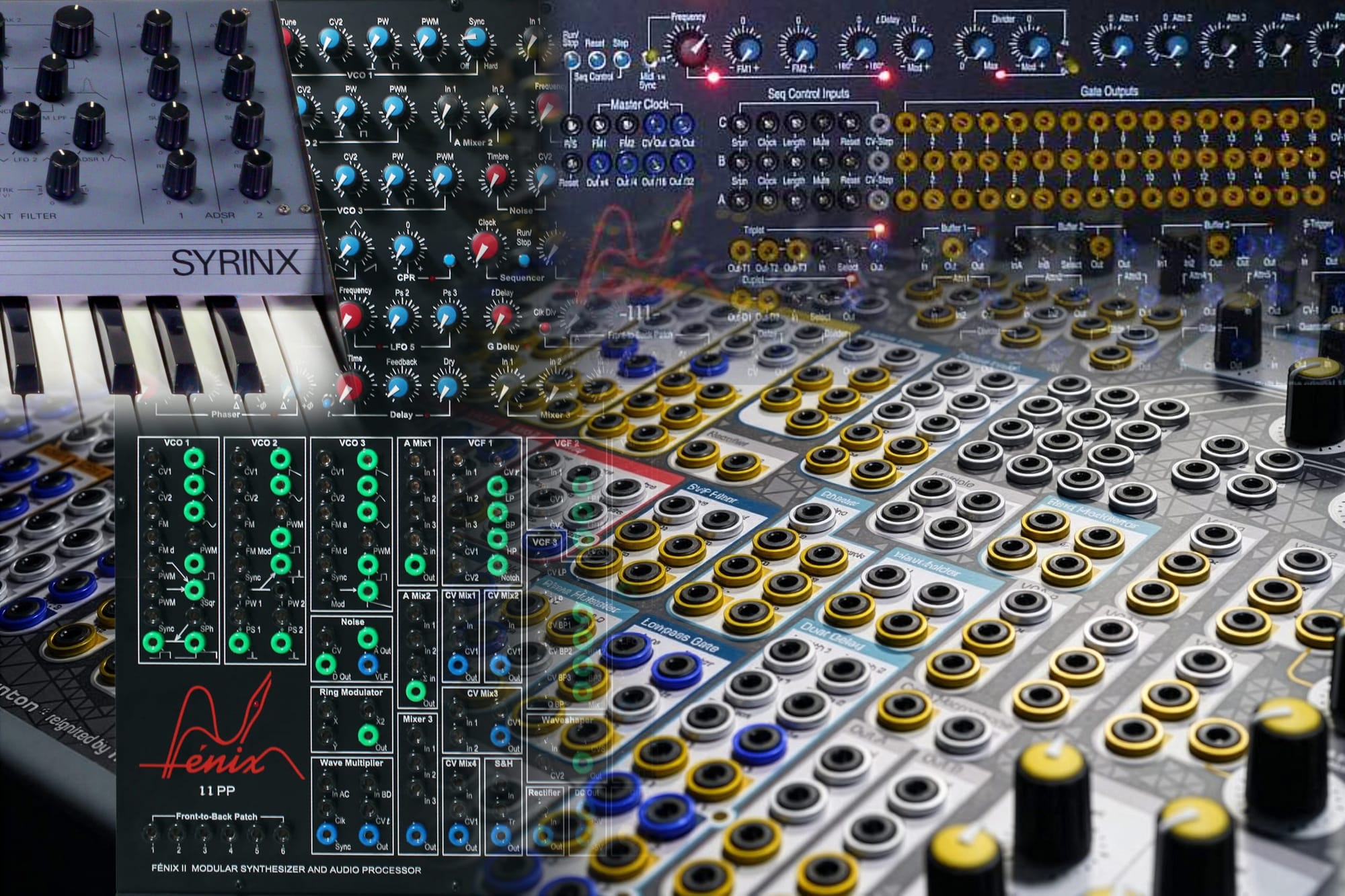
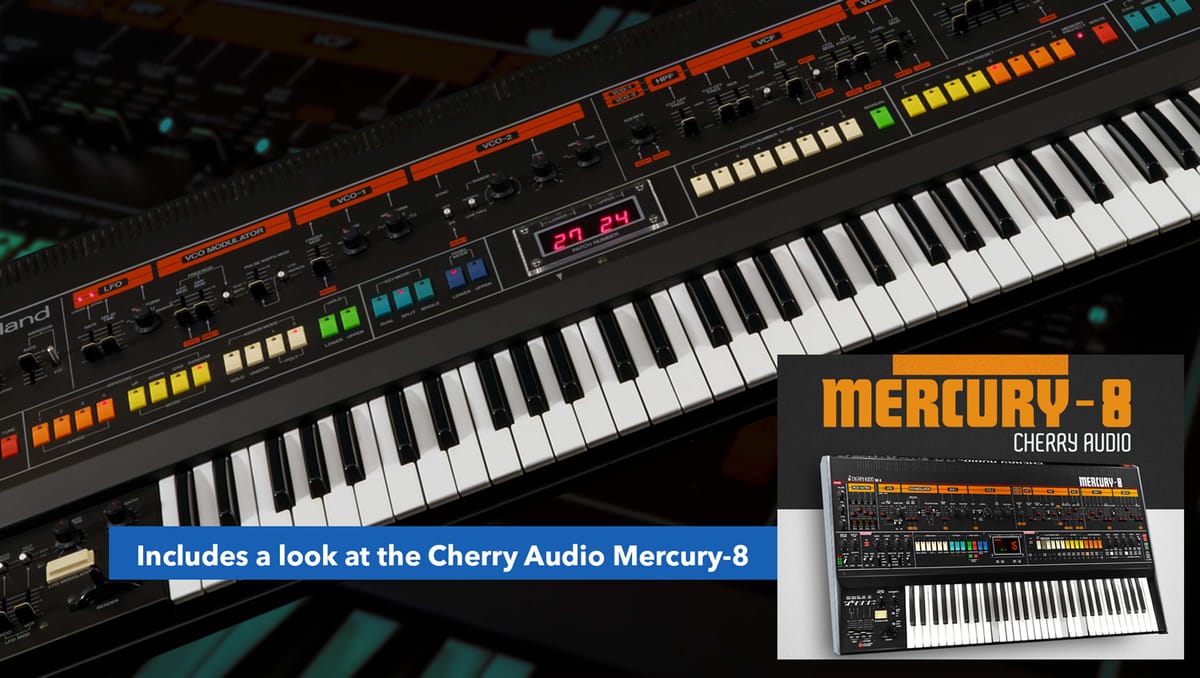
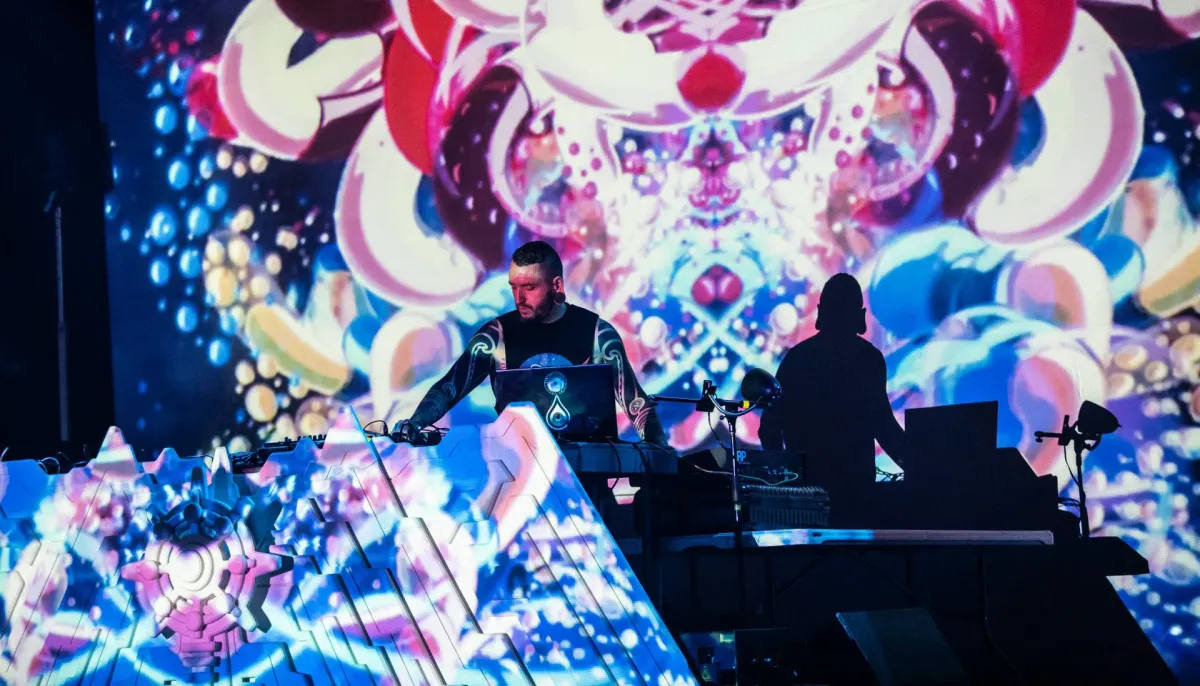
Comments